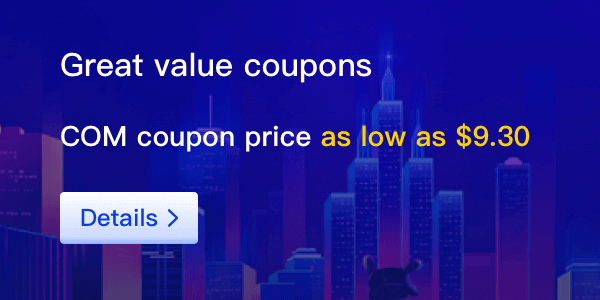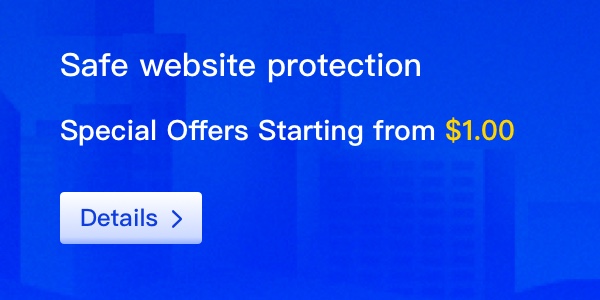When you're scrolling through your feed, your thumb pauses for just a second. In that blink of time, your brain decides whether a headline is worth your attention.
This moment isn’t random. It’s your brain guarding its limited supply of focus. Cognitive scientists call it a “click impulse”—a quick burst of curiosity rooted in the same survival instincts that once kept our ancestors safe.
Anything that feels new, helpful, or unexpected triggers a tiny hit of dopamine that whispers, “Look at this—before it’s gone.” Smart marketers lean into this moment. With bold headlines, eye-catching visuals, and stories that promise quick answers, they capture attention fast.
Why? Because curiosity is hardwired, and when something promises to satisfy it, we can’t help but click.

But curiosity isn’t enough—it’s emotion that keeps people reading
Once someone clicks, emotion takes the wheel. Neuroscientist Antonio Damasio famously found that without emotion, people struggle to make decisions at all. Online, this means we naturally gravitate toward content that makes us feel something—joy, surprise, excitement, even a little outrage. Headlines that suggest opportunity (“How I Doubled My Income in 30 Days”) or threat (“5 Mistakes That Could Tank Your Website”) trigger the same fight-or-flight response as real-life danger. Pair that with a strong image—think warm faces, bold colors, or dramatic lighting—and the brain’s emotional center lights up, often pushing us to click before logic even kicks in. That’s why plain walls of text don’t spread: they don’t surprise us, don’t stir anything, and get ignored just as quickly as they’re seen.
Design plays a huge role, too—because your eyes have habits
Once a page loads, your eyes follow a surprisingly consistent pattern. Years of eye-tracking research show that most people scan screens in an F-shaped pattern:
- A quick sweep across the top
- A shorter glance across the middle
- Then a vertical glide down the left side
Anything tucked in the bottom right? It might as well be invisible. Great design respects that habit. It places:
- The headline
- The value proposition
- The call-to-action button Right where your eyes naturally land—top left.
It also keeps paragraphs short, uses plenty of white space, and avoids cramming too much into one line. The easier it is to read and process, the more likely people are to scroll, click, and convert.
Trust signals seal the deal
Once someone’s attention is captured, trust keeps them around. We’re wired to follow the crowd when we’re unsure. That’s why small details like:
- Star ratings T
- estimonials
- “4,000 users and counting”
- Featured-in logos
All help people feel safer about clicking and staying. Speed matters too. Every extra second your site takes to load increases the chance of someone hitting “Back.” On mobile, even a 3-second delay can cut engagement by 30%. That’s why clean code, compressed images, and fast-loading pages aren’t just good practice—they’re silent signals of professionalism and respect for the user’s time. Add clear contrast on buttons and a cohesive color scheme from top to bottom, and you’ve erased almost every reason for visitors to leave.
And don’t forget the first thing people see—your URL
Your web address is the first handshake between your brand and someone’s brain. A short, meaningful domain quietly says, “You’re in the right place.” That’s exactly where .icu (pronounced “I see you”) shines. These three letters signal visibility and attention. They tell visitors, “Hey, I see you—and here’s something worth seeing.” In a world filled with clunky URLs and usernames full of underscores and numbers, something clean like yourname.icu feels like eye contact on the web. Whether you're showing off a portfolio, launching a product, or building a single link-in-bio hub, a simple .icu address invites people to stay and explore.
Read more: Domain Recovery Through UDRP: What You Need to Know Before Filing
If attention is the new currency, your domain is the stamp of authenticity
Want a name that sparks interest the moment it appears in a tweet, text, or browser tab? Visit Gname and grab your perfect .icu domain today. Fast registration. Affordable pricing. And an audience that’s already out there, looking for something worth their click. Give them a reason to say, “I see you—and yeah, I want to see more.”























